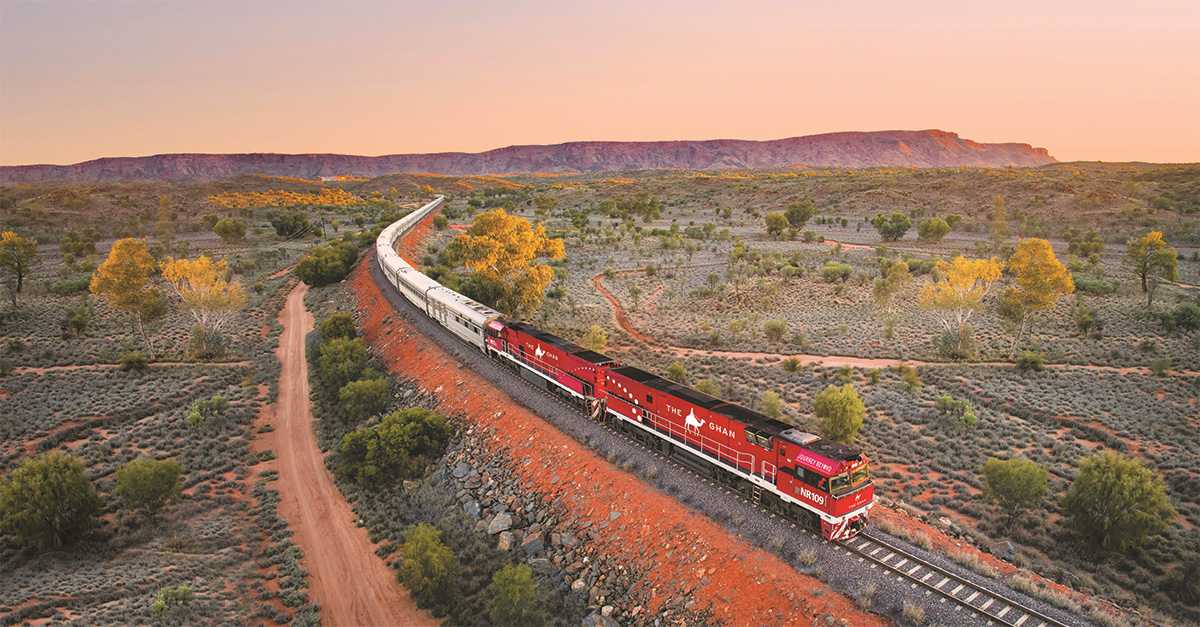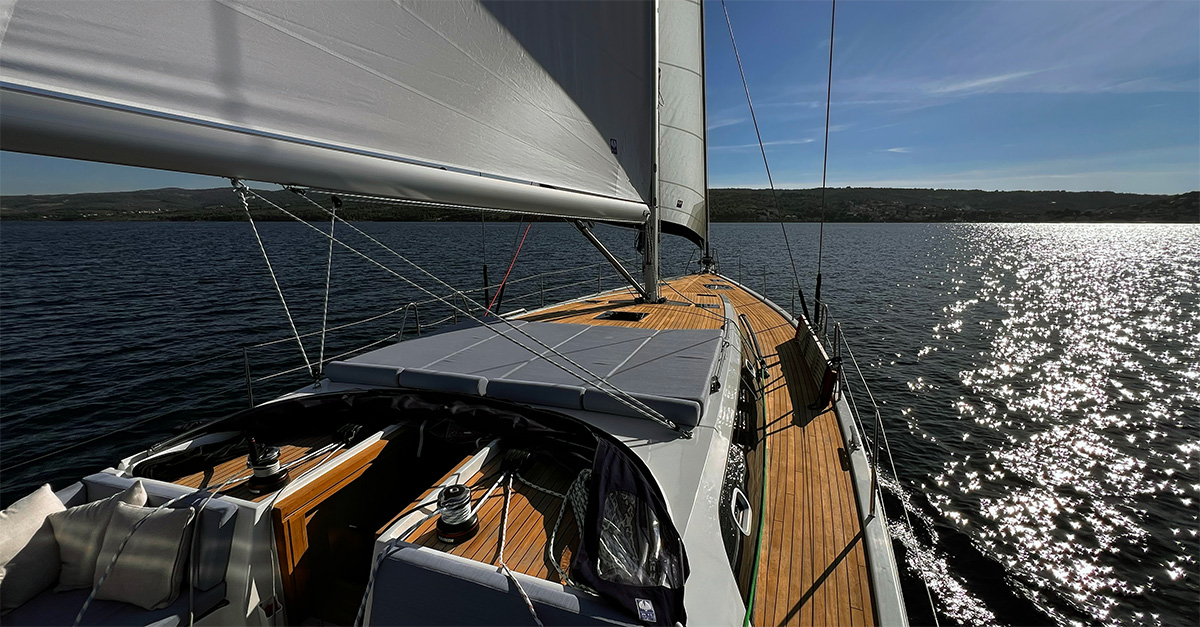Rugged landscapes, rose‑scented waters and rich cultural heritage? It must be Oman, finds Clare Walsh.
Like this and want more details? Click here to download and save as a PDF.
My foot scuffs the sun‑scorched path and a cloud of dust emerges, breaking the stillness of the early morning. I make my way past terraced fruit plantations and overhanging date vines before I spot a figure clambering up the side of the Al Hajar mountains.
We are at an elevation of more than 6,000ft, and he is dressed in long white robes, clutching a staff. He holds out a weathered hand for assistance with the final ascent, and as I help him up, he thanks me and tries to strike up a lively conversation in Arabic.
Although we can’t understand a word each other is saying, he manages to communicate in gestures that he has been praying in the tiny mosque below and is on his way home.
He then shows me a way to walk into the village that I trust must be quicker than my current route; in this exchange between East and West, words are not necessary.
I had landed in Oman three days earlier on a fam trip with 25 travel agents, arriving on the inaugural Oman Air flight from Manchester to Muscat, introduced in addition to the airline’s double-daily flights from Heathrow.
Situated on the eastern end of the Arabian Peninsula, the country borders the UAE to the northwest, Saudi Arabia to the west and Yemen to the southwest.
With Dubai and Abu Dhabi taking the lion’s share of visitors in this part of the world, I was unsure what to expect on my adventure to this still-untapped destination. But I was about to discover that this diverse and beautiful country encompasses vast, sweeping desert landscapes, regal mountains and canyons, a spectacular coastline and warm and welcoming people.
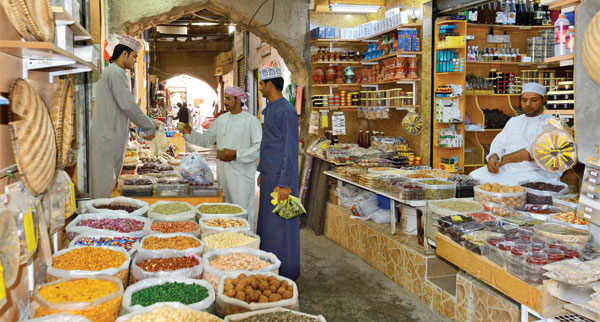
Call of the mountain
A devoutly Muslim country, most of the remote mountain villages I explored had a mosque, yet no shops or basic facilities – a world away from the luxury hotels that dot the coast. Electricity and running water in homes is a luxury, and communal washing facilities are the norm.
The path into the villages can be reached only by first travelling up the mountains by four-wheel drive, an adventure in itself. There is a definite feel of the explorer as you enter this alluring and uncharted territory, which is great for clients who want to explore the traditional side of Oman.
Al Aqar, the first village I came to, is famous for damask roses. It produces rose water and perfume by using a traditional distilling process from locally grown and harvested petals. Pomegranates, papaya, dates and bananas are also grown in the region.
Staying in these wild, soul-stirring surroundings allows clients to immerse themselves in the Omani village way of life. At around 25C the air is cooler than in the city and climbing, hiking and cycling are popular activities.
My stay at the five-star Anantara Al Jabal Al Akhdar did justice to the beautiful setting on the Saiq Plateau of Jabal Akhdar (Green Mountain). It opened in October 2016, and all 80 rooms have canyon views, while a further 32 one and two-bedroom villas come with a private pool and host.
Further highlights of the hotel include the viewing platform known as ‘Diana’s Point’ after Charles and Diana’s visit in 1986. A clifftop infinity pool and impressive spa also impress, and the hotel can arrange activities such as abseiling.
Prices start at £300 for a canyon-view room on a half-board basis, and a one-bedroom garden pool villa starts from £450, both based on two sharing.
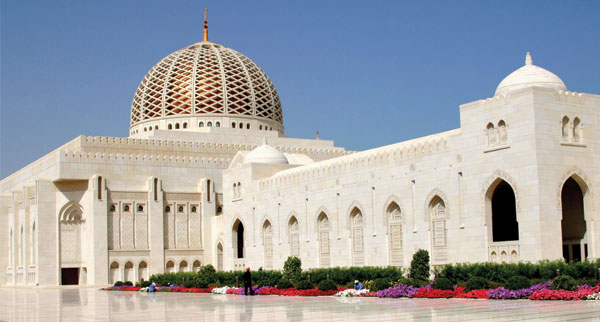
City sights
As the capital of Oman, Muscat is the cultural hub, and we explored many of its key sights. The Grand Mosque takes centre stage and is the only such place of worship in the country that non-Muslims can visit. Free to enter, it is open every day except Friday between 8am and 11am. Highlights include the spectacular main prayer room decorated in rich hues of gold, green and blue. The stunning Persian carpet is the second-largest hand-loomed Iranian carpet in the world and took 600 women four years to weave.
Female clients should be advised that the mosque’s dress code is strict. A head scarf should be worn, along with clothing that covers ankles and wrists.
Outside the mosque, women are expected to cover their shoulders and not wear clothing that finishes above the knee. Men are also expected to dress conservatively with long trousers and shirts or T-shirts.
Further highlights of Muscat include the impressive Royal Opera House and the National Museum. In the latter, clients can learn more about the country’s history through exhibitions and a fascinating 15-minute film. Entry to the museum is around £10.
To experience another authentic side of Muscat, Mutrah Corniche Souk is an Aladdin’s Cave of antiques, jewellery, clothing and spices. The exotic scent of Frankincense hangs in the air, having been harvested for centuries from the Boswellia sacra trees of southern Oman.
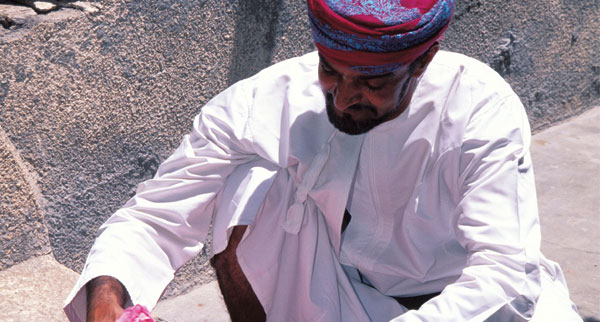
Beyond Muscat
Outside the city, there are several other areas worth knowing about.
Nizwa Fort is one-and-a‑half hours from the capital and offers impressive views of the surrounding landscape from its elevated platforms. The fort is circular in shape, and clients can hear about its turbulent history and view hidden trapdoors where attackers were repelled by being covered in boiling oil or date syrup. The building is also laced with interior wells, false doors and secret shafts. Entry costs around £1.
For the more adventurous, there is diving, dune-bashing and sailing around the surrounding islands.
Karen Allen, retail manager at Aspen Travel, says: “I particularly enjoyed the boat trip organised by Oman Sail to the Daymaniyat Islands. We could swim and snorkel, with lunch on board – a world away from the busy souks and tourist attractions of Muscat.
“If you are a thrill seeker, the dune-bashing experience was fabulous – the highlight was being on the top of the sand dunes watching the sunset.
“This was followed by an authentic meal, complete with local singer and musician in the desert at the Dunes by Al Nahda resort, a real treat to end the trip. This hotel is a luxury tent-style accommodation and it was so magical to see the stars over the desert.
“Oman is a destination that would appeal to families, couples and solo travellers looking for a mix of culture and activities.”
Getting there: Oman Air introduced its new daily flight between Muscat and Manchester on May 1. The seven-and‑a‑half‑hour flight is operated on an Airbus A330-200 and A330‑300. Economy-class fares start at £400 and business class at £1,500. First class is also available Heathrow-Muscat, from £2,500.
omanair.com/uk
Ask the expert
Waseem Magid, director, Royal Travel
“I was pleasantly surprised by what Oman has to offer. Not only did I find it an authentic experience, but the natural beauty there and the warmth of the people really stood out. With Oman Air now operating direct flights from Manchester to Muscat, I think it will prove popular as a destination in its own right, as well as a stopover destination for passengers travelling with Oman Air to onward destinations.”
Tried & tested
Shangri-La Barr Al Jissah Resort & Spa is an impressive three-hotel resort set against the backdrop of mountains overlooking the Gulf of Oman.
The exterior is designed in the style of a historic Omani fort. On entering the adult-only Al Husn, we were greeted with an impressive grand interior scented with exotic frankincense. It features 180 large luxurious rooms and suites, each with a balcony and sea view, and the generous bathroom has sliding wood panels so guests can enjoy the sea views from every angle.
Complimentary afternoon tea and pre-dinner cocktails are offered daily, and the hotel features a gym, private beach and infinity pool. Guests have five restaurants to choose from, but there is access to 19 venues across the sister properties.
The trio of hotels is completed by the family-oriented Al Waha and Al Bandar.
Book it: Room rates start at £181 in Al Waha, £211 in Al Bandar and about £311 in Al Husn.
shangri-la.com

